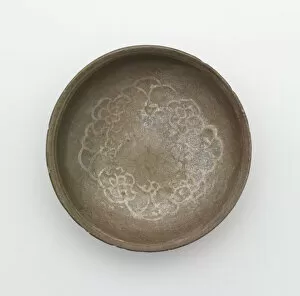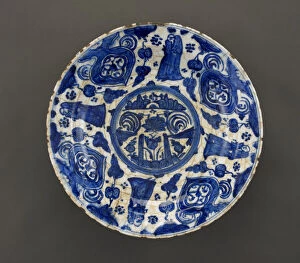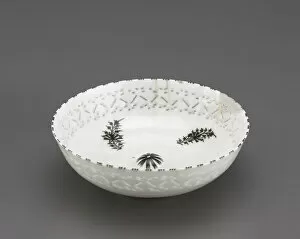Safavid Empire Collection
The Safavid Empire, which thrived during the 17th century, left behind a rich cultural legacy
All Professionally Made to Order for Quick Shipping
The Safavid Empire, which thrived during the 17th century, left behind a rich cultural legacy. This collection of exquisite artifacts showcases the artistic brilliance of this period. The first dish and bowl, both from the Safavid period, were created by unknown artisans who skillfully crafted intricate designs that still captivate us today. Another bowl from the late 17th-early 18th century displays a remarkable blend of colors and patterns that reflect the empire's aesthetic sensibilities. Moving on to the next dish and plate with low foot, we witness how Safavid art evolved over time. The late 17th-century dish exhibits delicate floral motifs while the early 17th-century plate features an elegant simplicity in its design. These pieces are testaments to the diverse range of styles embraced by Safavid artists. The bottles from this era also demonstrate their mastery in glasswork. With their unique shapes and ornate decorations, they serve as reminders of Persia's flourishing trade networks during this period. Not limited to just decorative arts, armor like the cuirass (Char-aina) exemplifies Persian craftsmanship under Safavid rule. Its intricate detailing reflects both functionality and beauty—a testament to their military prowess. A portrait of Nader Shah provides a glimpse into one of Persia's most influential rulers during this time. Created by Indian Art, it captures his regal demeanor and signifies cross-cultural influences prevalent in art production at that time. Lastly, Emanuel Bowen's map offers insight into geopolitics with its depiction of not only Persia but also neighboring empires such as Mughal India—an illustration highlighting diplomatic relations between these powerful entities. These artifacts collectively shed light on a fascinating chapter in history when Persian culture flourished under the patronage of Safavid rulers—leaving behind an enduring legacy for generations to come.















